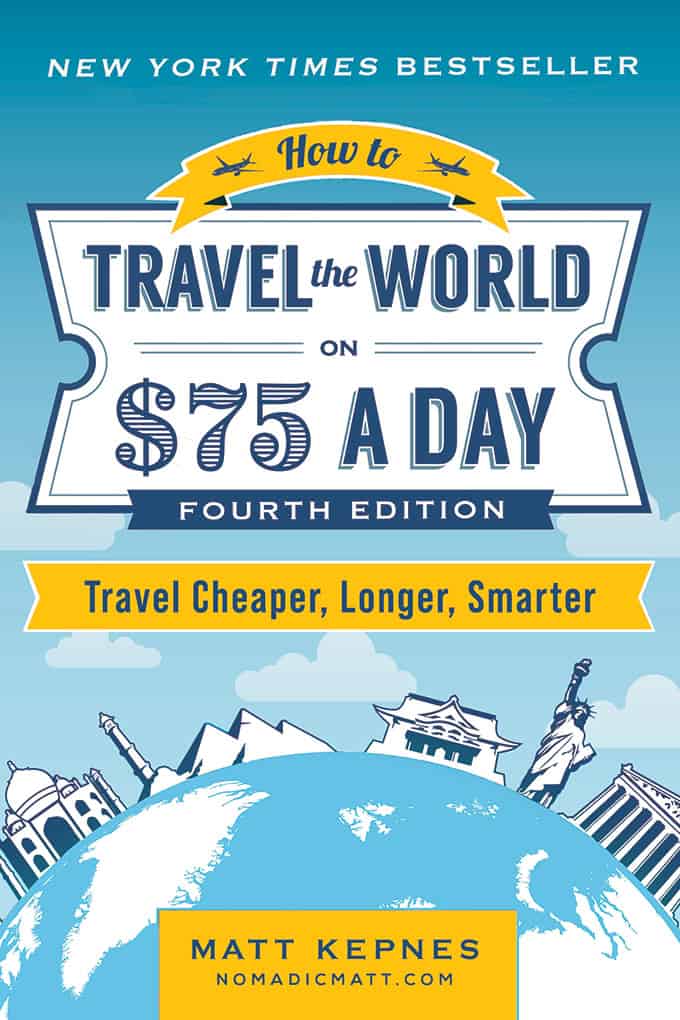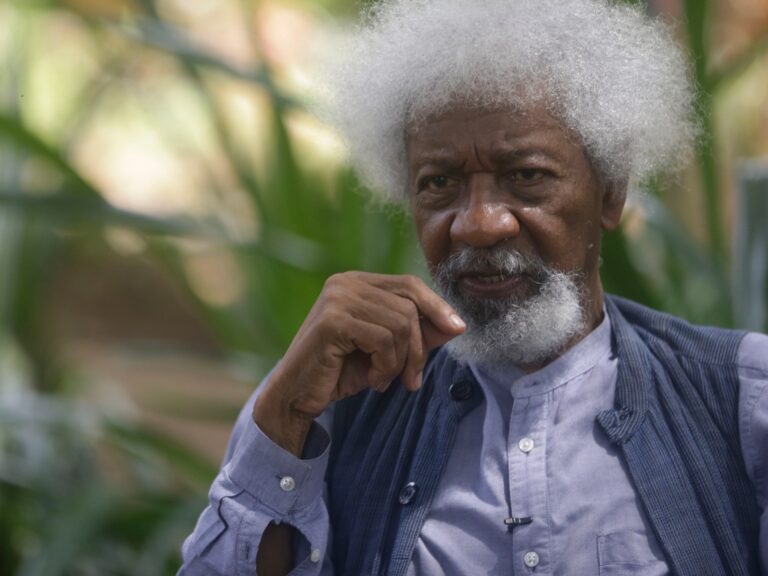When you’re traveling, staying connected is essential. Whether you’re figuring out the best route to your hostel, finding a place to eat, or translating a train schedule or menu, having reliable data makes life on the road infinitely easier. I still remember my early days of travel carrying a physical guidebook around as I wandered the streets looking for my accommodation.
Or, when smartphones became widespread, searching for a SIM card kiosk to buy a physical SIM, trying to poorly communicate with staff in a language I didn’t know, and spending 20 minutes swapping out tiny plastic chips.
Luckily, things have changed and life is incredibly easier thanks to eSIMs. Rather than needing a physical SIM card, you can download an app that gives you tons of high-speed data. In a world where we need to be connected for so many reasons (for example, everything in China is paid through an app, so you need data), eSIMs are great.
One company that’s become a major player in this space is Holafly. They offer unlimited data, quick setup, and global coverage without the hassle of finding a physical SIM card.
In a world of seemingly never ending eSIM companies, they are one of the best. In this blog post, I will tell you why!
Who is Holafly?


Holafly is a Spanish-founded company that started back in 2017 and is now based in Dublin. They offer eSIMs that you can install on your phone via QR code. Once activated, they let you connect to the internet abroad using local carrier networks. What sets Holafly apart from a lot of other providers is that over 200of their plans come with unlimited data and are priced by days rather than gigabytes. You can personalize the days from 1 up to 90 days in over 200 destinations. Holafly’s coverage is also pretty extensive. They offer service in over 200 destinations, which includes most of Europe, Asia, North America, and Latin America.
How to Set Up Holafly
The process of setting up Holafly is incredibly straightforward. Here is how to do it:
Check your phone first – Make sure your device is unlocked and supports eSIM (most recent iPhones and many newer Androids do). Have a Wi-Fi connection handy for setup.
Save the email & QR – Keep the QR code and order info somewhere safe.
Install the eSIM – While on Wi-Fi, open the confirmation email and scan the QR code from your phone camera or tap the activation link. There are three options:
- Scan the QR Code
- Manual Installation
- One-Button Install for iOS 17.4 or above
On arrival, enable data roaming for the eSIM – Go to Cellular/Mobile Data settings, select the Holafly line and turn on Data Roaming and Mobile Data for that line. (Turn off Mobile Data for your home SIM to avoid accidental roaming charges.)
Holafly partners with local carriers, so your connection depends on whichever network is strongest in that region. Note that Holafly’s eSIMs are data-only. You can keep your home SIM card in your phone for texts or calls, while Holafly handles all your data. Apps like WhatsApp, iMessage, and Telegram will still work with your regular number, so you can message friends and family just like you would at home.
The “unlimited data” promise is what draws most people in, and for good reason. Most eSIM companies sell data in small bundles, which adds up quickly, especially if you’re using maps, social media, or video calls. With Holafly, you just pay for the number of days you need and get unlimited data during that time.
Plans start at around $4 USD per day, though they are cheaper if you get more days or choose their new subscription options Holafly Plans.
Plus, Holafly offers 24/7 customer support multilingual, hotspot capabilities, 15+ regional plans, a global plan, no hidden costs, and an incredible 6 month flexible refund policy.
I think it’s one of the best eSIM options for travelers who want reliability and ease of use. It’s especially great for people visiting multiple countries or anyone who relies heavily on mobile data — bloggers, remote workers, or digital nomads. The connection has been consistent, speeds are good, and the ability to set everything up before I even leave home is a huge time-saver
At the end of the day, that’s really what makes Holafly appealing: simplicity. You don’t have to think about data, SIM cards, or network compatibility. You just scan, activate, and go. For travelers like me, that convenience is priceless.
Use the code MATTK to get 5% a discount on any eSIM for your next adventure!
Terms and Conditions:
- For Website or App
- 5% on eSIMs and 10% off on Holafly Plans for the first 12 months
- No minimum purchase requirement
- All customers
- No usage limits
- Can’t combine with other discounts (except Holafly Plans annual subscription 22%)
- Active from now, no end date
How to Travel the World on $75 a Day


My New York Times best-selling book to travel will teach you how to master the art of travel so that you’ll get off save money, always find deals, and have a deeper travel experience. It’s your A to Z planning guide that the BBC called the “bible for budget travelers.”
Book Your Trip: Logistical Tips and Tricks
Book Your Flight
Find a cheap flight by using Skyscanner. It’s my favorite search engine because it searches websites and airlines around the globe so you always know no stone is being left unturned.
Book Your Accommodation
You can book your hostel with Hostelworld. If you want to stay somewhere other than a hostel, use Booking.com as it consistently returns the cheapest rates for guesthouses and hotels.
Don’t Forget Travel Insurance
Travel insurance will protect you against illness, injury, theft, and cancellations. It’s comprehensive protection in case anything goes wrong. I never go on a trip without it as I’ve had to use it many times in the past. My favorite companies that offer the best service and value are:
Want to Travel for Free?
Travel credit cards allow you to earn points that can be redeemed for free flights and accommodation — all without any extra spending. Check out my guide to picking the right card and my current favorites to get started and see the latest best deals.
Need a Rental Car?
Discover Cars is a budget-friendly international car rental website. No matter where you’re headed, they’ll be able to find the best — and cheapest — rental for your trip!
Need Help Finding Activities for Your Trip?
Get Your Guide is a huge online marketplace where you can find cool walking tours, fun excursions, skip-the-line tickets, private guides, and more.
Ready to Book Your Trip?
Check out my resource page for the best companies to use when you travel. I list all the ones I use when I travel. They are the best in class and you can’t go wrong using them on your trip.














